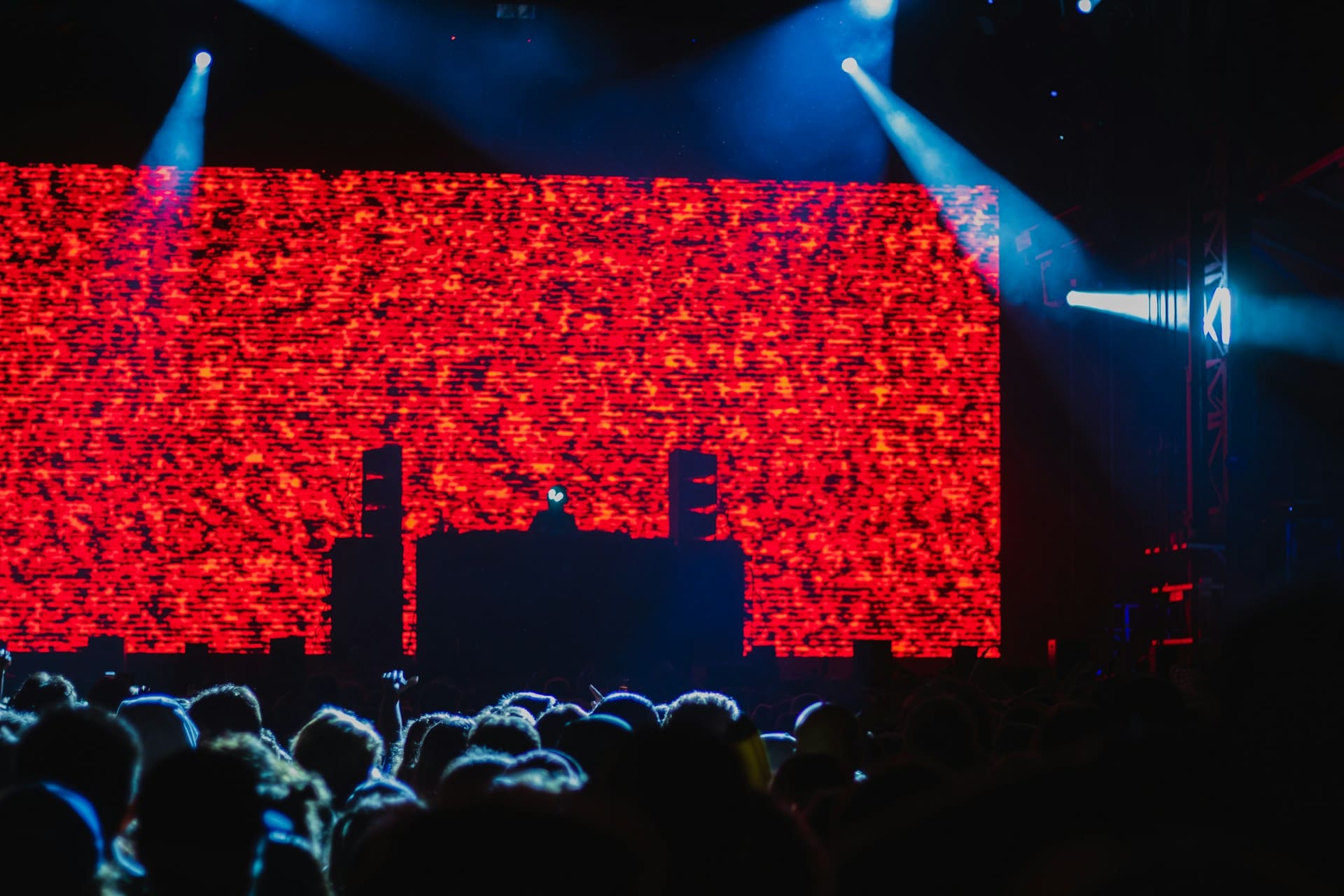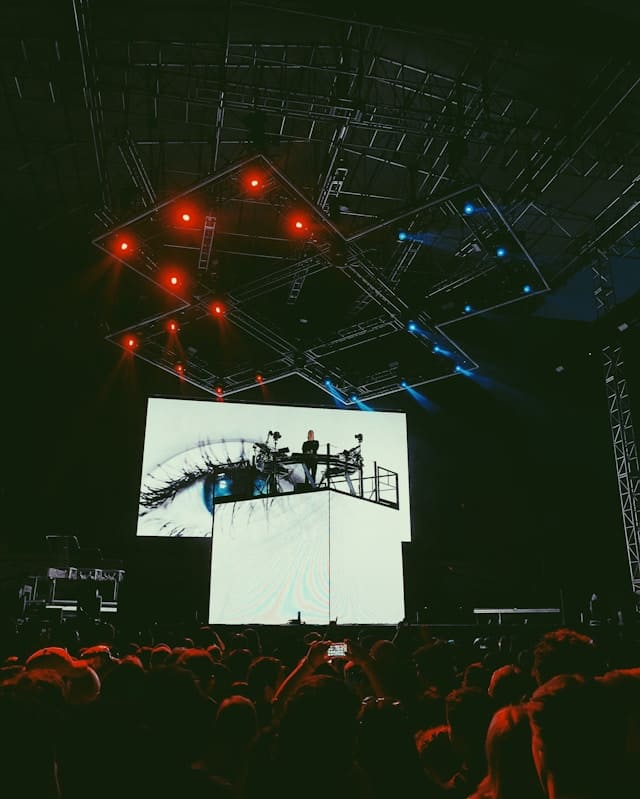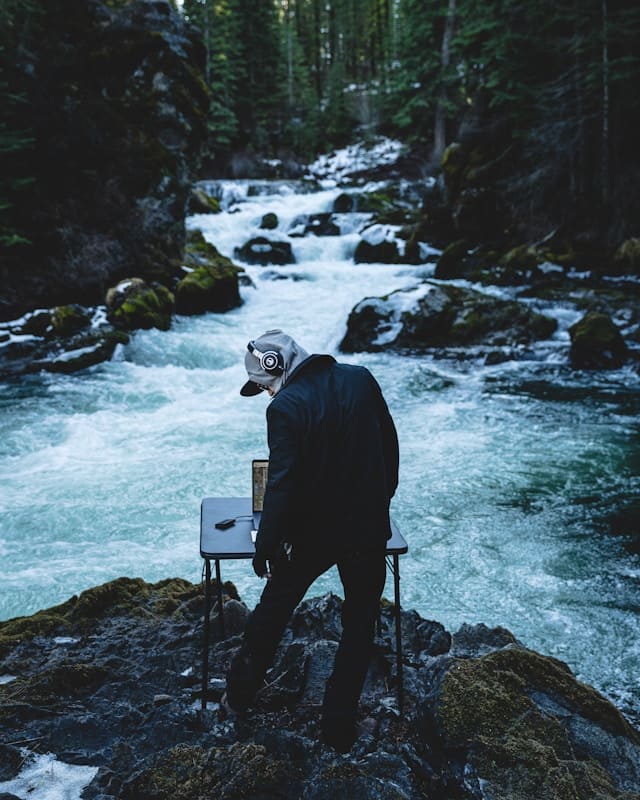
From Berlin to Seoul, from ambient headphone experiments to high-tempo club warfare, electronica music in 2025 is not slowing down—it’s evolving, fracturing, and reassembling into something more fluid than ever before.
As digital tools become more accessible and artists continue to blur lines between genres, the very idea of “electronica” is shifting. What once referred mainly to IDM, ambient, and left-field techno now encompasses a global fusion of voices, sounds, and ideologies. Below is a look at where the scene stands, and where it might be going.
Ambient and Emotional Electronica Goes Mainstream
What used to live on Bandcamp and in niche corners of SoundCloud is now taking mainstage slots. Artists like Fred again.., Overmono, and Blawan are bringing emotional resonance and minimalism to big audiences. Their sets combine club energy with vulnerability—balancing function and feeling.
Meanwhile, acts like Huerco S., KMRU, and Claire Rousay are leading a new wave of ambient electronica that focuses on texture, space, and real-world sampling. These artists are playing ambient festivals, but also scoring museum installations, short films, and virtual experiences.
The rise of “emotive electronica” signals a cultural shift: audiences want something that moves the body and the mind—not just drops and climaxes.
AI and Algorithmic Creation: Hype or Help?
One of the most talked-about shifts in 2025 is the integration of AI in music production. Tools like Suno, AIVA, and Ableton’s generative plugins are becoming standard among producers. While some purists push back, others see them as just new instruments.
Experimental artists are already embracing this. From Holly Herndon’s voice-trained AI model to Ryoji Ikeda’s algorithmic soundscapes, machine-generated music is no longer theoretical—it’s here, and it’s charting.
Still, most respected names in the scene treat AI as collaborator, not creator. The core idea remains: it’s not the tool that matters, it’s the intention behind it.
Independent Labels Are Thriving—Again
Despite the dominance of DSPs (digital streaming platforms), independent electronica labels are thriving. Imprints like:
- AD 93 (fka Whities)
- Ilian Tape
- Ghostly International
- PAN
- Smalltown Supersound
…are not just surviving—they’re curating entire sonic ecosystems. Their releases are often accompanied by art books, digital zines, and performance series. These labels treat music not just as product, but as community and culture.
In many ways, 2025 mirrors the DIY renaissance of the early 2000s—except this time, the reach is global from day one.
Cross-Cultural Hybrids Are Defining the New Sound
Electronica in 2025 is multilingual, multi-genre, and unapologetically hybrid.
Korean glitch artists, South African gqom producers, Middle Eastern ambient creators, and South American modular heads are all part of the same sonic conversation. And artists like Aya (UK), Nazar (Angola), and E-Saggila (Canada) are creating music that fuses club sonics with political context and cultural nuance.
Festivals are catching up: Unsound, Mutek, and CTM are booking artists who reflect this global fluidity. What used to be “world music remix culture” is now just music—boundaryless and borderless.
Notable Releases So Far in 2025
Here are some key albums and EPs from 2025 that are shaping the year:
- VTSS – Death Grip Honey (hybrid techno-pop with industrial bite)
- Skee Mask – Labyrinths (broken jungle, ambient interludes, maximalist sound design)
- Caterina Barbieri – Neon Body (modular synth opera meets trance meditation)
- Object Blue – Matrix Ache (club chaos meets structural deconstruction)
- Floating Points – Tethered Light (euphoric and deeply composed, blurring classical-electronic lines)
Each of these releases highlights a different direction electronica is pulling toward: club energy, emotional depth, technical complexity, and aesthetic vision.
Looking Ahead: Where Electronica Might Go
- Augmented Reality (AR) performances are becoming more common, especially in Asia and Northern Europe, with real-time visuals reacting to crowd motion and environmental sound.
- Biometric-based performance tools—using heart rate or breath to control tempo or effects—are entering experimental sets.
- The boundaries between artist, DJ, and developer are blurring. Many producers are building their own VSTs or coding their own DAW environments.
But even with all these tools, the heart of electronica remains unchanged: a human connecting with another human through sound.
Final Thoughts
Electronica in 2025 isn’t one thing—it’s a moving organism: emotional, global, experimental, and increasingly collaborative.
It’s not defined by clubs or charts, but by shared moments—in headphones, on festival floors, in basements, online, and everywhere in between.
If you’re wondering where electronic music is headed, the answer is everywhere at once. And somehow, it still feels intimate.
By Jenue,
writer and curator at Electronica Site, tracing the quiet pulse of modern electronic sound.


Questions, collabs, or just vibes? Hit us up
email: nica@electronica.site